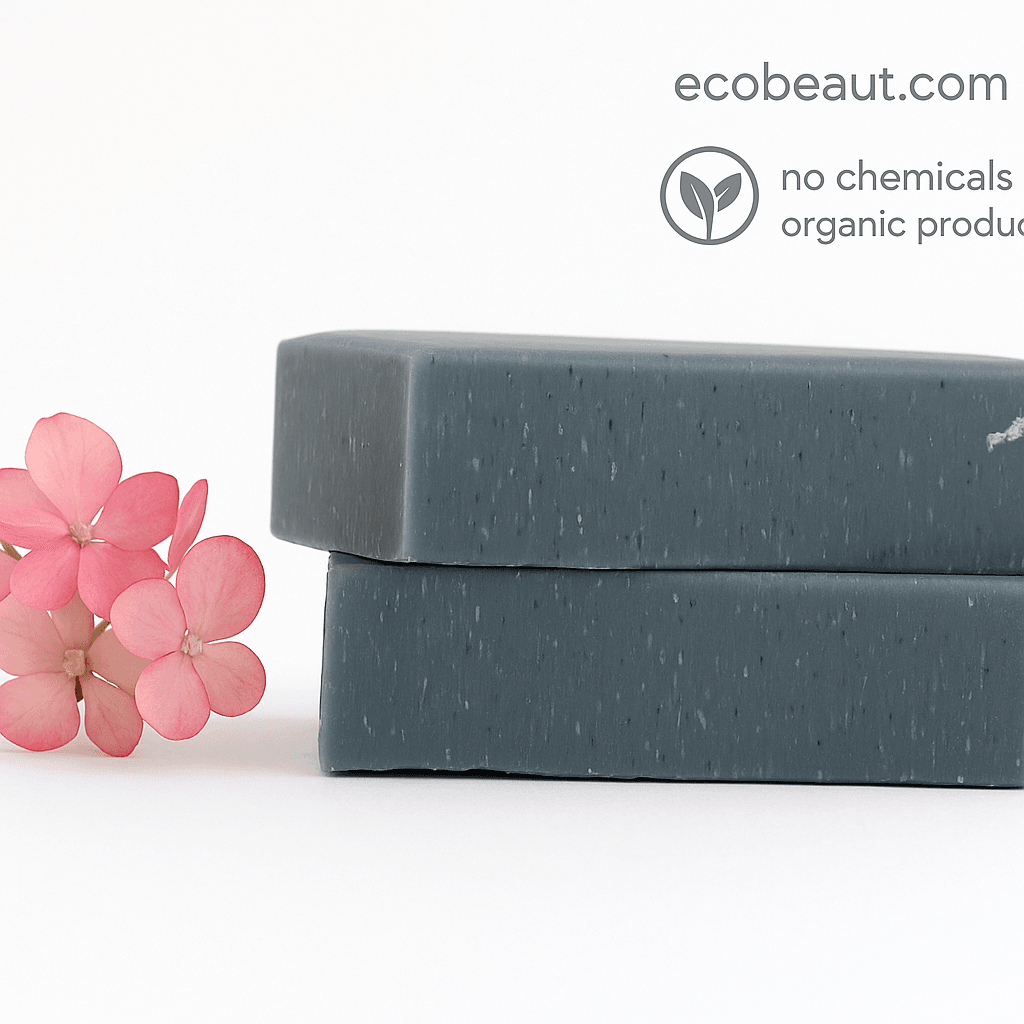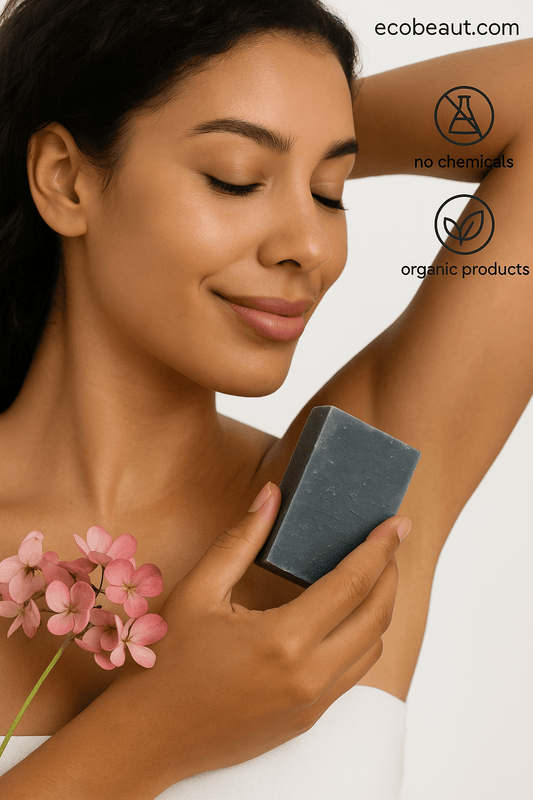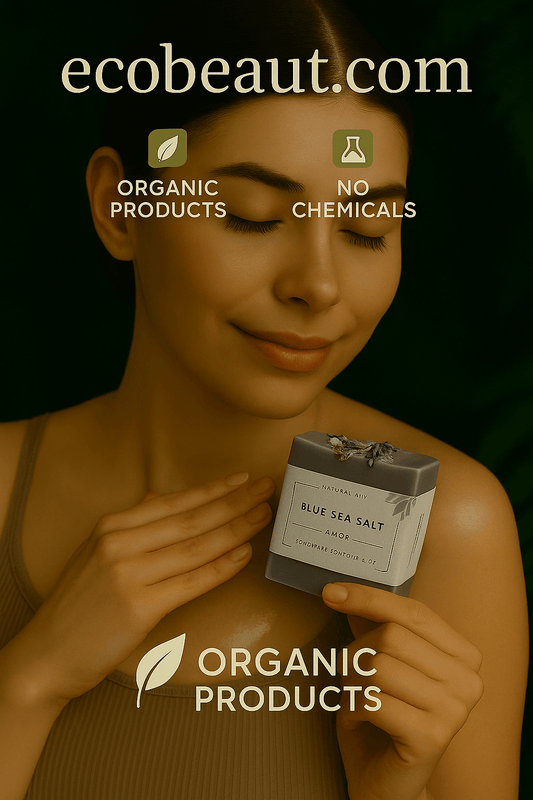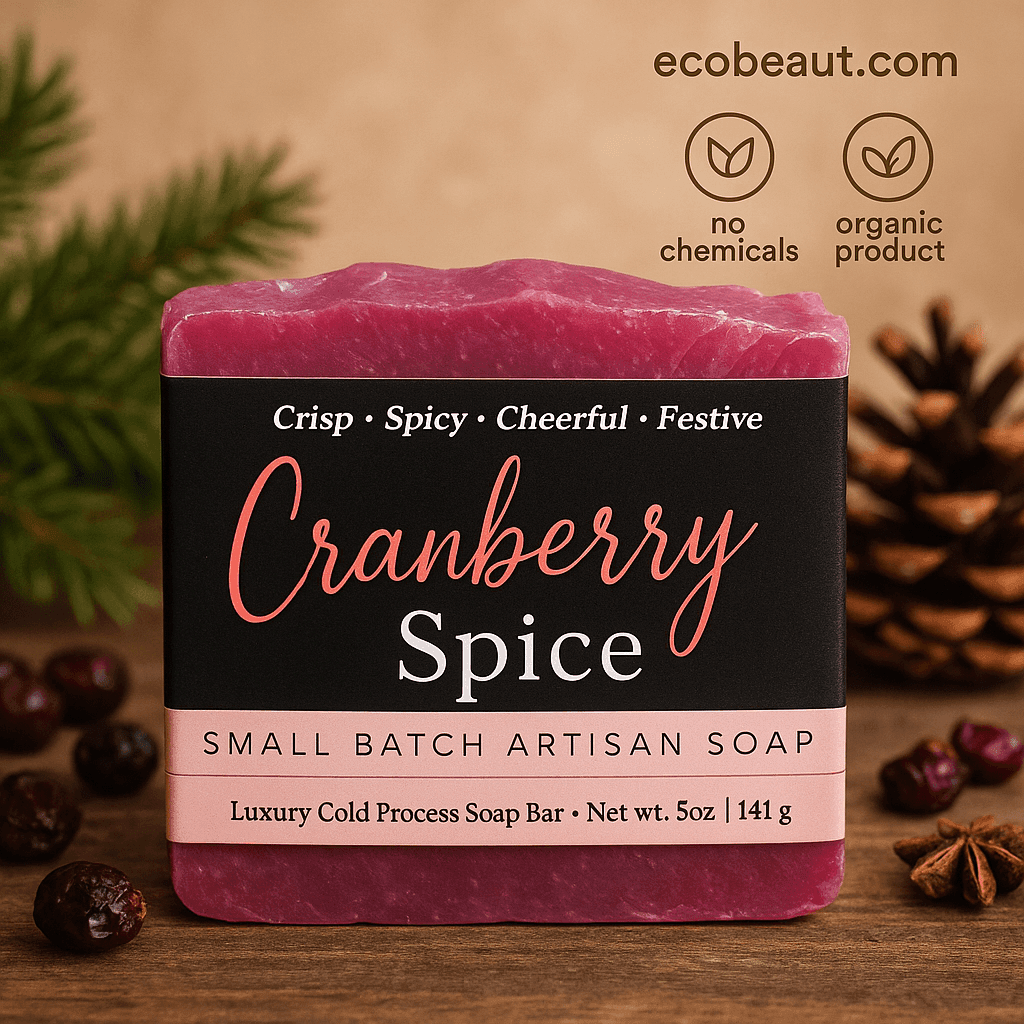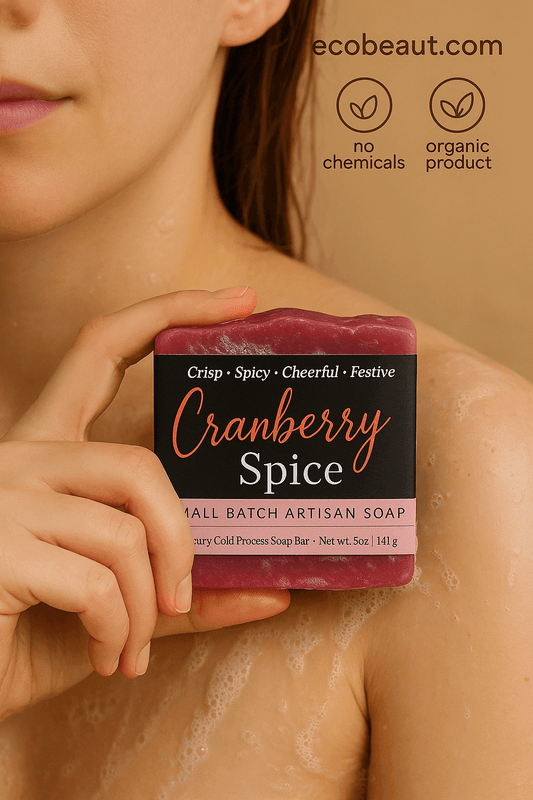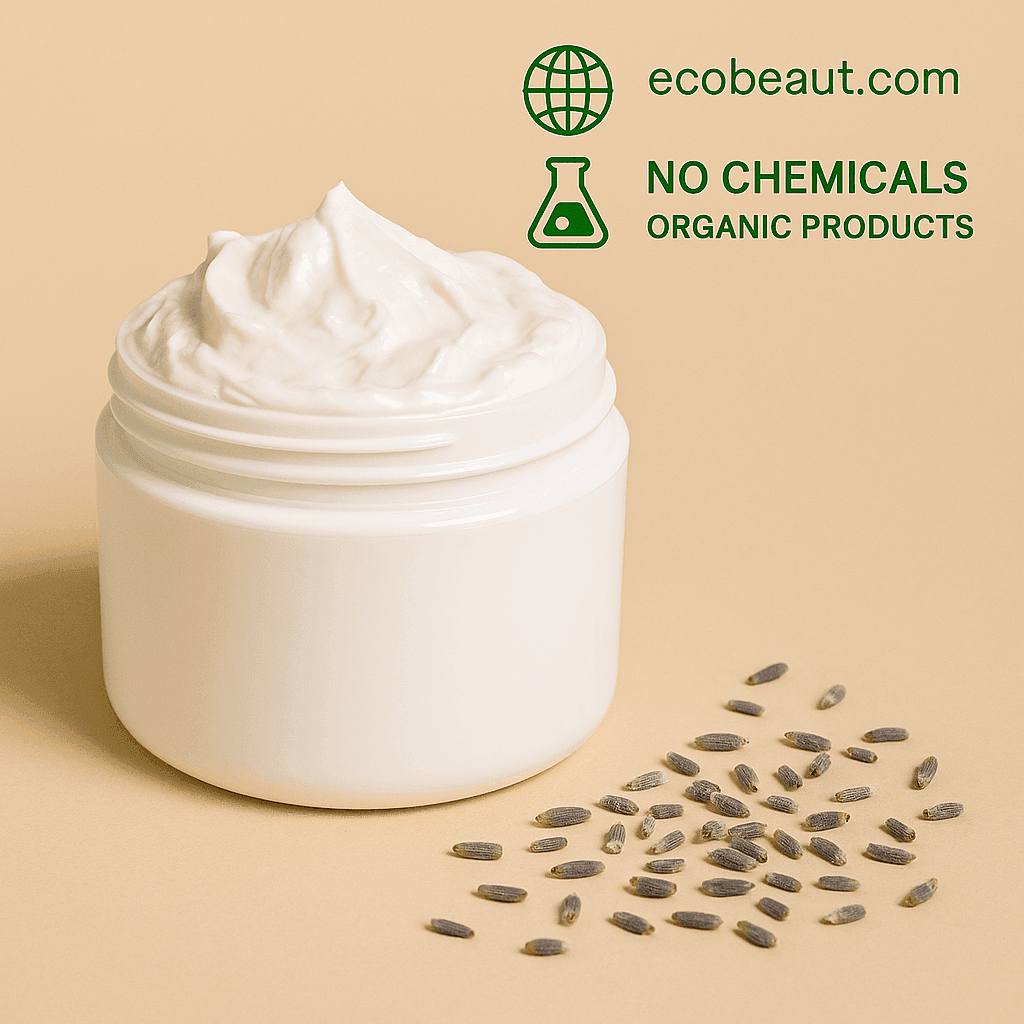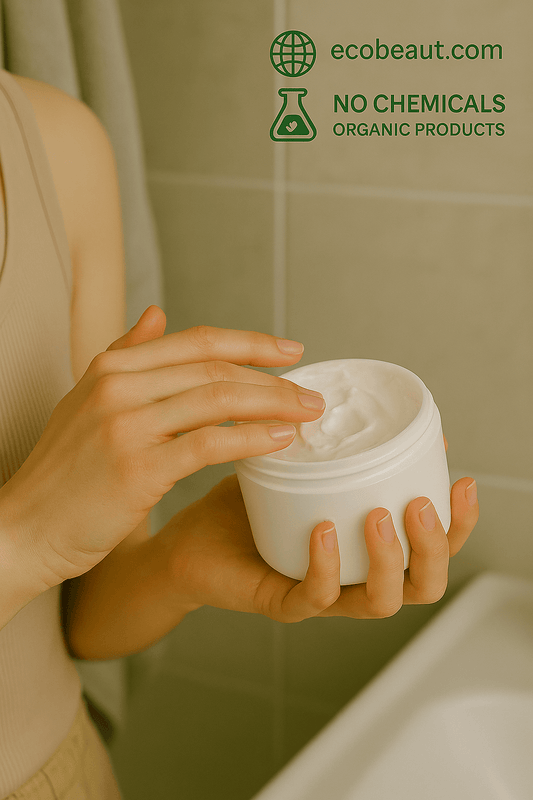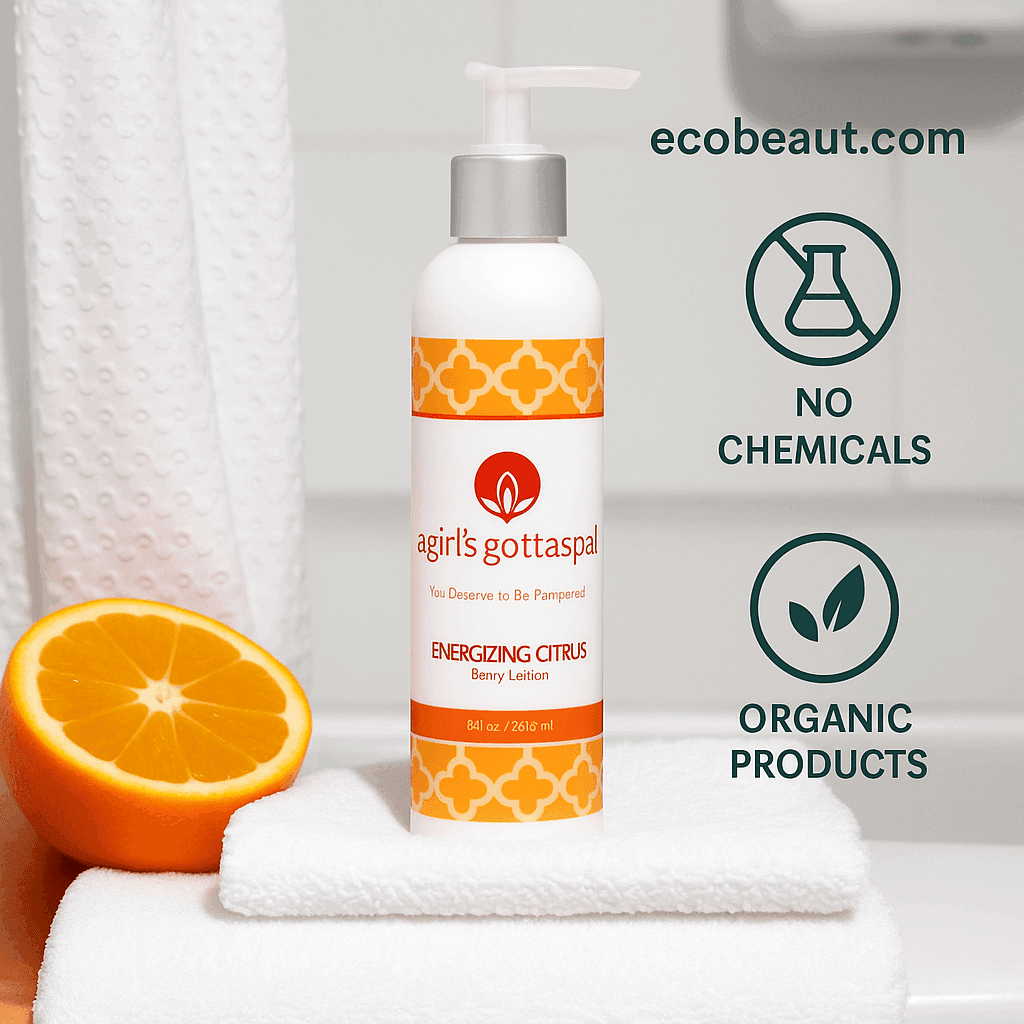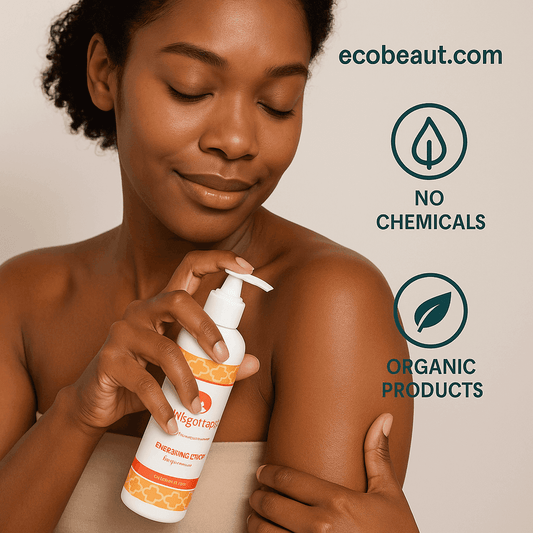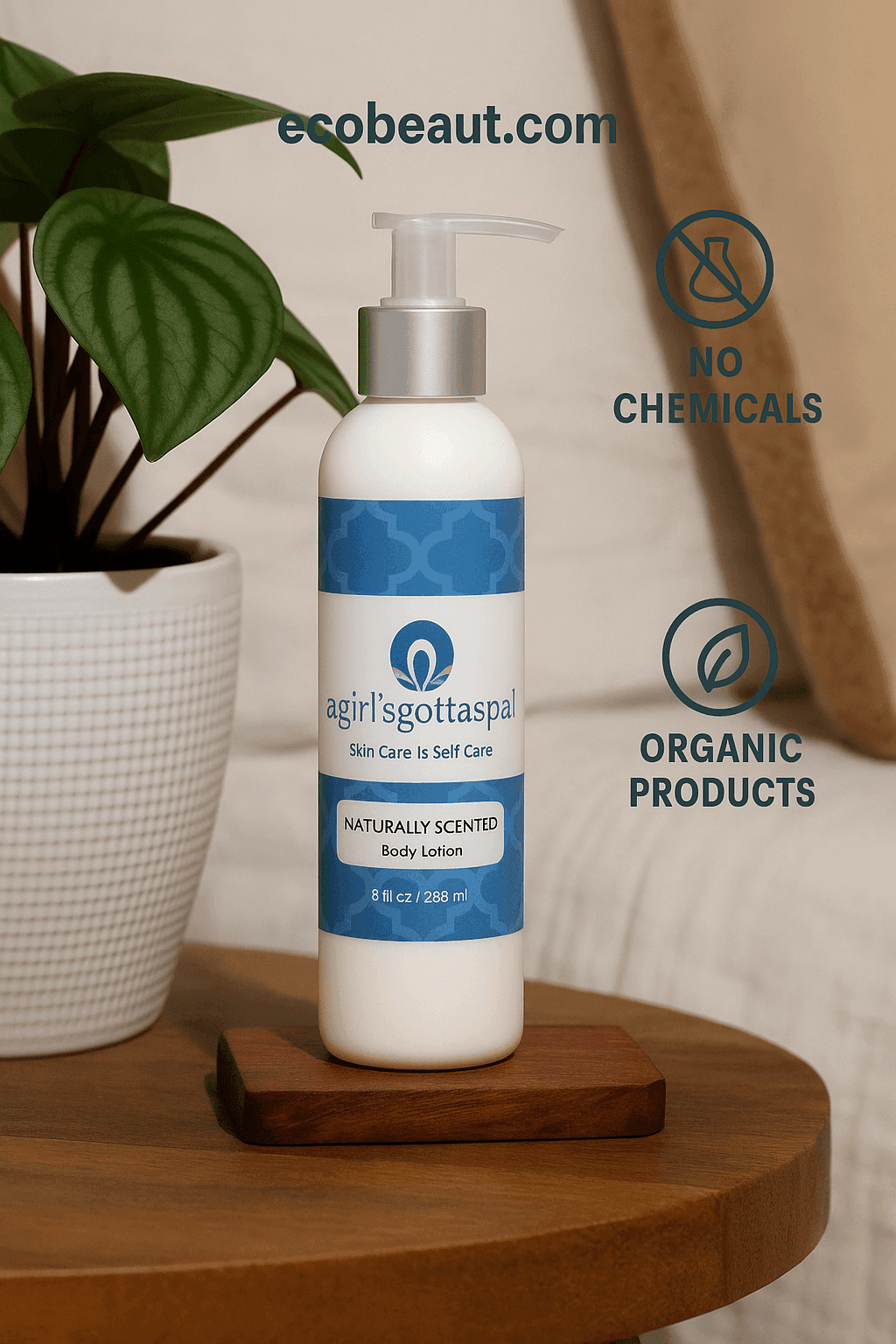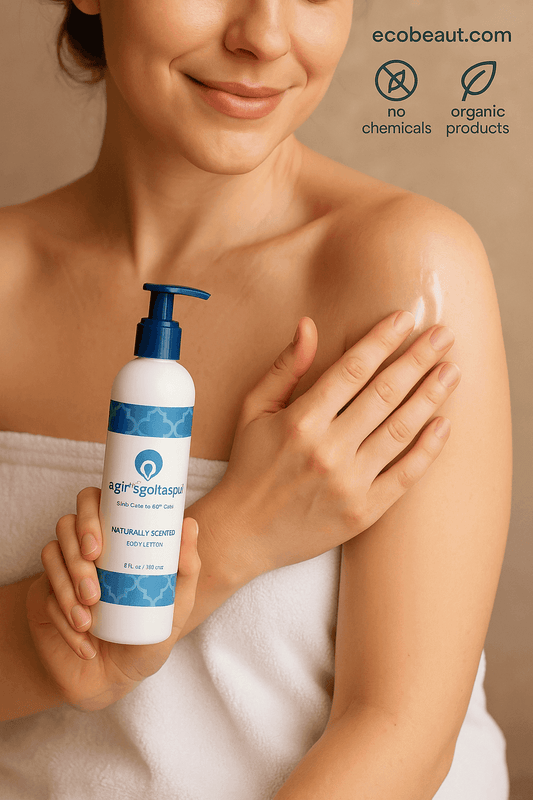As consumers become more conscious of what they put on their skin, the shift to clean beauty has gained significant momentum. Clean beauty refers to products made with non-toxic ingredients that are safer for the skin and the environment. However, making the switch from conventional products can be daunting. This guide will walk you through the steps of transitioning to a clean beauty routine, ensuring that the process is smooth, gradual, and effective.
Step 1: Assess your current products
Before you dive into clean beauty, it's important to take stock of the products you're currently using. Most conventional beauty products contain synthetic chemicals like parabens, sulfates, and phthalates that can cause skin irritation or even long-term health problems. Start by checking the ingredient list on your products. Some of the most common harmful chemicals to avoid include
- Parabens: Used as preservatives, they have been linked to hormone disruption.
- Sulfates: Found in cleansers and shampoos, they strip natural oils and can irritate the skin.
- Phthalates: Commonly found in fragrances and nail polish, phthalates have been linked to reproductive health problems.
Once you've identified the products with harmful ingredients, make a list of what to replace first.
Step 2: Start with the basics
The transition to clean beauty doesn't mean throwing away everything you own. Instead, start with the basics. Focus on the products you use every day, such as cleanser, moisturizer and sunscreen. These products have the greatest impact on your skin and are typically applied to larger areas. By replacing them first, you'll see the benefits of clean beauty more quickly.
Look for brands that prioritize transparency in their ingredient lists and focus on using plant-based or naturally derived ingredients. Some clean beauty products to consider include:
- Aloe Vera: A natural moisturizer and soothing agent for sensitive skin.
- Jojoba Oil: A lightweight, non-comedogenic oil that mimics your skin's natural sebum.
- Mineral sunscreen: Look for sunscreens with zinc oxide or titanium dioxide to avoid harmful chemical UV blockers.
Step 3: Transition Slowly
One of the biggest mistakes people make when transitioning to clean beauty is trying to switch all their products at once. This can overwhelm your skin, especially if you're introducing several new ingredients at once. Instead, take a gradual approach. When you run out of a conventional product, replace it with a clean alternative. This not only reduces waste, but also allows your skin to gradually adjust.
For example, if you're currently using a sulfate-based shampoo, you may notice a difference in how clean your hair feels when you switch to a sulfate-free formula. Your scalp may need time to adjust, so give it a few weeks before deciding if the product is right for you.
Step 4: Experiment to find what works
Clean beauty is not a one-size-fits-all approach. What works for someone else may not work for you, especially if you have sensitive or acne-prone skin. Experimenting with different brands and products is part of the process, but it's important to be patient.
Start by patch testing any new product to make sure your skin doesn't react negatively. Apply a small amount of the product to a discreet area of skin, such as behind your ear or on your wrist, and wait 24 hours to check for any reactions.
Keep in mind that clean beauty products may not always provide the same immediate results as conventional products, especially if you're used to harsh chemicals that provide short-term effects. For example, sulfate-free shampoos may not lather as much, but they are gentler on your hair and scalp in the long run.
Step 5: Embrace multipurpose products
One of the benefits of clean beauty is the rise of multipurpose products. These products allow you to simplify your beauty routine while reducing the number of products you buy. For example, a tinted moisturizer with SPF can replace your foundation and sunscreen, or a lip and cheek tint can be used on both your lips and cheeks. In addition to being convenient, multipurpose products reduce packaging waste.
When shopping for multipurpose clean beauty products, look for those that contain nourishing ingredients such as
- Shea Butter: Hydrates and protects skin and lips.
- Coconut Oil: Hydrates and adds shine to skin and hair.
- Rosehip Oil: Rich in vitamins, it's great for both facial hydration and scar reduction.
Step 6: Look for certifications
With so many brands claiming to be "clean," it's important to verify their claims. Certifications from trusted organizations can help you determine whether a product is truly clean and ethically produced. Some of the most reputable certifications to look for are
- USDA Organic: Indicates that the product contains at least 95% organic ingredients.
- Leaping Bunny: Certifies that the product is cruelty-free and has not been tested on animals.
- Ecocert: Ensures products are made with sustainably sourced ingredients and environmentally friendly packaging.
Certifications give you the peace of mind that you're supporting brands committed to ethical and sustainable practices.
Step 7: Consider DIY Solutions
Another way to embrace clean beauty is to incorporate DIY beauty treatments into your routine. Many effective skin care treatments can be made from ingredients you already have in your kitchen. For example:
- Honey and Oatmeal Face Mask: Honey is a natural humectant that draws moisture to the skin, while oatmeal soothes irritation.
- Avocado Hair Mask: Avocados are rich in fatty acids that nourish and hydrate dry hair.
- Sugar Scrub: Mix sugar with coconut oil for an exfoliating body scrub that's gentle and effective.
DIY beauty treatments are a cost-effective way to avoid chemicals, reduce packaging waste, and personalize your skin care routine.
Bottom Line
Transitioning to a clean beauty routine doesn't have to be overwhelming. By evaluating your current products, starting with the essentials, and gradually introducing clean alternatives, you can make the switch in a way that's both manageable and sustainable. Remember, clean beauty is not just about what you put on your skin-it's about embracing a lifestyle that prioritizes health, sustainability, and mindful consumption. Enjoy the journey to a healthier and greener beauty routine!


